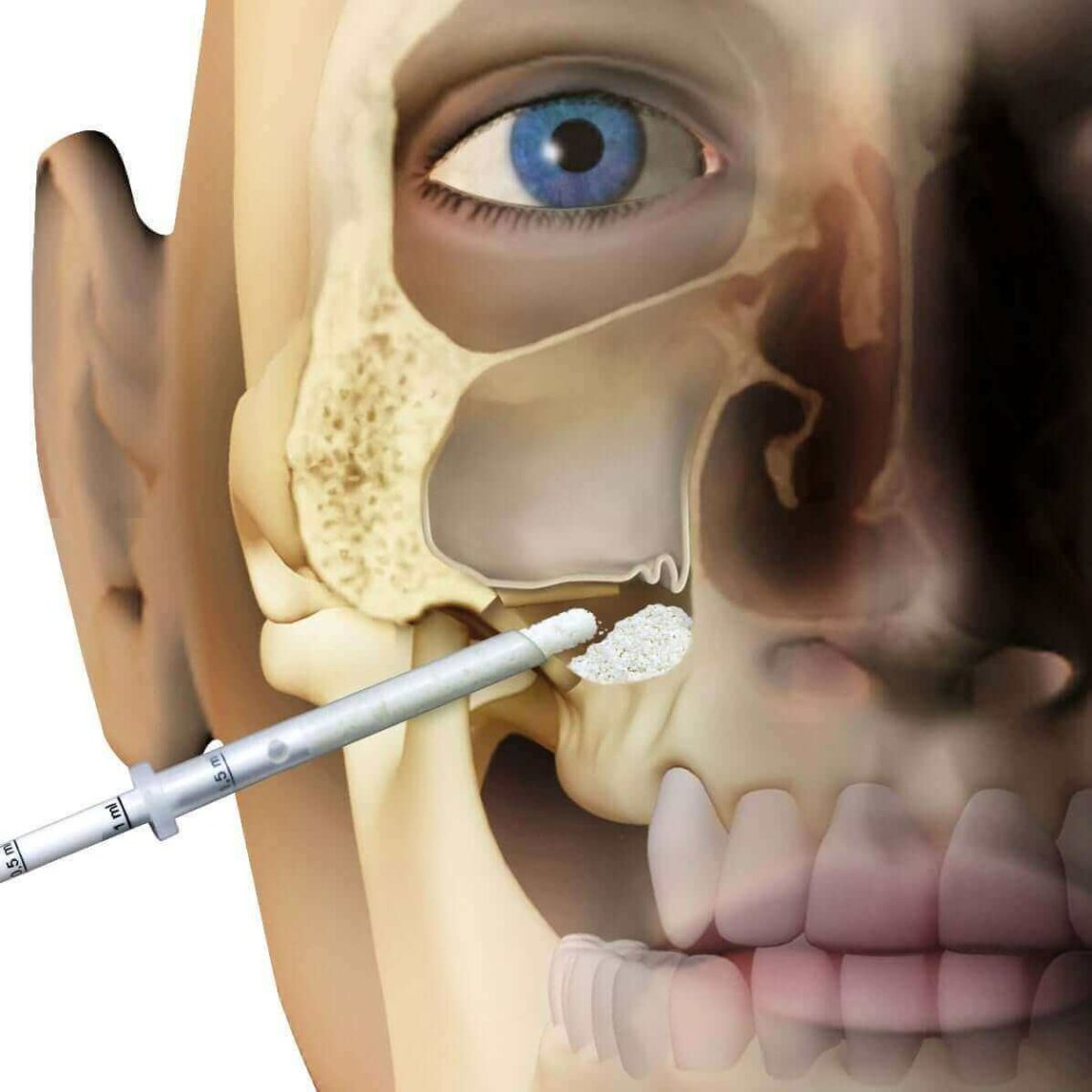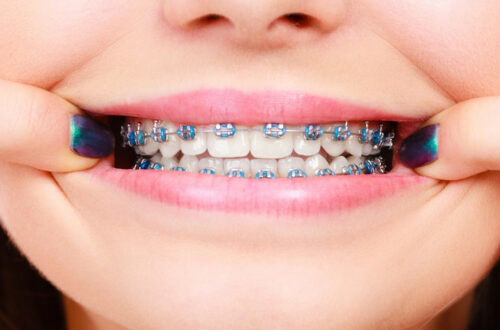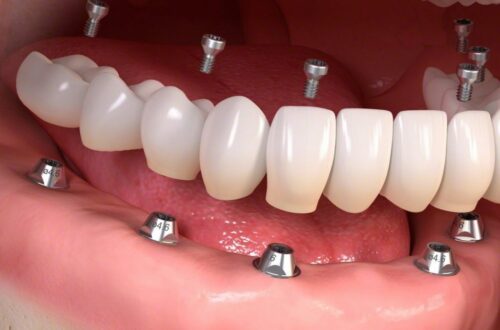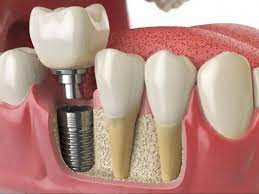
The Best Ways to Reconstruct Your Jaw: What’s A Better Option for You?
When your jaw muscles are tight, it can be hard to open your mouth and chew. This is especially true if you’ve been clenching your teeth for a long time. Reconstructing your jaw involves opening your mouth with static exercises, isotonic exercises, and low-force massaging techniques. These different strategies have varying benefits and drawbacks that you need to consider before choosing the best option for you. Read on to learn more about the pros and cons of each option as well as tips for which one might be right for you.
Each adult person is responsible for his own health. Unfortunately, not everyone is aware of the fact that any negligence brings negative consequences for the day. More than half of adults struggle with missing teeth, but they don’t see it as a problem. Any gaps must be filled! I recommend using the services of Implanty Poznań to prevent the loss of bone tissue in the oral cavity. Otherwise, jaw bone reconstruction may be necessary.
Static Stretching
Stretching your jaw using static stretching is the best option for people who have a lot of jaw tension. This technique involves stretching your mouth open with slow, gentle movements. For example, you can hold a rubber band against your cheeks, jaw, and upper lip and stretch your mouth to open it. You can also use a mouth guard to contort your mouth. You can then hold the guard against your lower lip and stretch your upper lip and cheeks to open your mouth. Static stretching doesn’t cause your jaw to open any more than when you don’t stretch your jaw muscles. While it might seem like you’re getting better jaw movement, in fact, you’re not. However, if you have a lot of jaw tension, this technique is likely to help loosen your jaw muscles.
Isotonic Exercise
Isotonic exercises are the most common way to loosen jaw muscles. You perform these exercises with an elastic band. This band has two holes: the first hole is the end of the band; the second hole is the start of the band. The goal is to stretch out the elastic band while holding your mouth closed. The band should be tight enough that it has tension, but not too tight that it cuts off your breathing. You can do isotonic exercises by stretching the band with your hand while you hold your mouth closed. You can also use a mouth guard or a rubber band to stretch your mouth. You can do these exercises for about five minutes at a time. A study found that isotonic jaw exercises were just as effective as a mouth guard in relieving jaw clenching.
Low Force Massage
A low force massage is a great option for people who find isotonic exercises too challenging or who want to try a different option. You can do a low force massage with your hands or a massage device like the Thera Cane. A low force massage is similar to isotonic exercises, but it’s much easier. You can do this technique for about five minutes at a time. A study found that low force massaging your jaw muscles was just as effective as isotonic exercises in relieving jaw clenching. Low force massaging your jaw muscles is easy and can help relieve tension, but it doesn’t have the same benefits as high-force massages. It doesn’t have the same benefits as low-force massages, either. Low-force massages don’t have the same benefits as high-force massages. A high-force massage causes the blood to rush to your muscles, while a low-force massage doesn’t cause blood to rush to your muscles.
Summary
When you have jaw tension, you’re likely clenching your teeth and grinding them against each other. This can wear down your jaw ligaments, muscles, and cartilage, resulting in a sore jaw and TMJ disorders such as TMJ or Temporo-Mandibular Joint Disorder. Most people can open their mouth using the muscles in their tongue, cheeks, and jaw, so the best way to loosen those muscles is to stretch them. You can do this by opening your mouth with a rubber band or using a mouth guard. You can also try isotonic exercises, which involve holding an elastic band against your cheeks and jaw while you breathe. Finally, you can try low-force massages or try opening your mouth and lying on your back with your mouth open. These strategies have varying benefits and drawbacks that you need to consider before choosing the best option for you.




